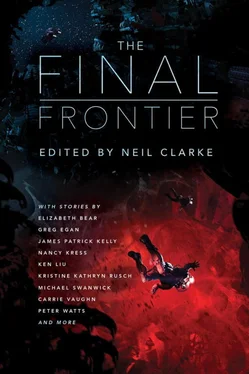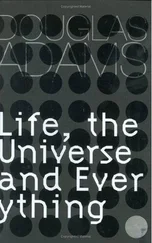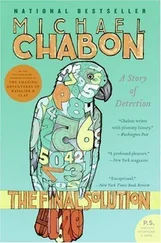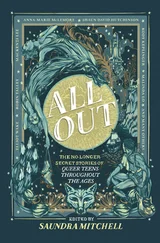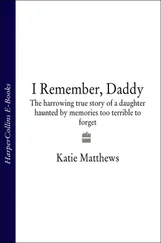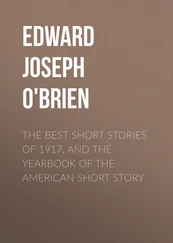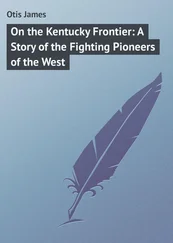—Karen Swenson, twentieth-century traveler, poet, and worker at Mother Teresa’s Calcutta mission
Last week, a party of monks and one nun met me in the hangar of Kham Bay. From their gompas (‘monasteries’) in U-Tsang, they brought a woolen cloak, a woolen bag, three spruce walking sticks, three pairs of sandals, and a white-faced monkey that one monk, as the group entered, fed from a baby bottle full of ashen-gray slurry.
An AG-generator never runs in the hangar because people don’t often visit it, and our lander nests in a vast hammock of polyester cables. So we levitated in a cordoned space near the nose of the lander, which the Free Federation of Tibetan Voyagers has named Chenrezig, after that Buddhist disciple who, in monkey form, sired the first human Tibetans. (Each new DL automatically qualifies as the latest incarnation of Chenrezig.) Our lander’s nose is painted with bright geometric patterns and the cartoon head of a wise-looking monkey wearing glasses and a beaked yellow hat. Despite this amusing iconography, however, almost everyone on our strut-ship now calls the lander the Yak Butter Express.
After stiff” greetings, these high monks—including the Panchen Lama, Lhundrub Gelek, and Yeshe Yargang, the abbess of U-Tsang’s only nunnery!—tied the items that they’d brought to a utility toadstool in the center of our circle (‘kilkhor’). Then we floated in lotus positions, hands palm-upward, and I stared at these items, but not at the monkey now clutching the PL and wearing a look of alert concern. From molecular vibrations and subtle somatic clues—twitches, blinks, sniffles—I tried to determine which of the articles they wished me to select… or not to select, as their biases dictated.
“Some of these things were Sakya Gyatso’s,” the Panchen Lama said. “Choose only those that he viewed as truly his. Of course, he saw little in this life as a ‘belonging.’ You may examine any or all, Miss Brasswell.”
I liked how my surname (even preceded by the stodgy honorific Miss) sounded in our hangar, even if it did seem to label me an imposter, if not an outright foe of Tibetan Buddhism. To my right, Kilkhor lowered his eyelids, advising me to make a choice. OK, then: I had no need to breast-stroke my way over to the pile.
“The cloak,” I said.
Its stench of musty wool and ancient vegetable dyes told me all I needed to know. I recalled those smells and the cloak’s vivid colors from an encounter with the DL during his visit to the nursery in Amdo when I was four. It had seemed the visit of a seraph or an extraterrestrial—as, by virtue of our status as star travelers, he had qualified. Apparently, none of these faithful had accompanied him then, for, obviously, none recalled his having cinched on this cloak to meet a tot of common blood.
The monkey—a large Japanese macaque (Mucaca fuscata)—swam to the center of our circle, undid the folded cloak, and kicked back to the Lama, who belted it around his lap. Still fretful, the macaque levitated in its breechclout—a kind of diaper—beside the PL. It wrinkled its brow at me in approval or accusation.
“Go on,” Lhundrub Gelek said. “Choose another item.”
I glanced at Kilkhor, who dropped his eyelids.
“May I see what’s in the bag?” I asked.
The PL spoke to the macaque: a critter I imagined Tech Bonfils taking a liking to at our trip’s outset. It then paddled over to the bag tied to the utility toadstool, seized the bag by its neck, and dragged it over to me.
After foraging a little, I extracted five slender books, of a kind now rarely made, and studied each: one in English, one in Tibetan, one in French, one in Hindi, and one, surprisingly, in Esperanto. In each case, I recognized their alphabets and point of origin, if not their subject matter. A bootlace linked the books; when they started to float away, I caught its nearer end and yanked them all back.
“Did His Holiness write these?” I asked.
“Yes,” the Panchen Lama said, making me think that I’d passed another test. He added, “Which of the five did Sakya most esteem?” Ah, a dirty trick. Did they want me to read not only several difficult scripts but also Sakya’s departed mind?
“Do you mean as artifacts, for the loveliness of their craft, or as documents, for the spiritual meat in their contents?”
“Which of those options do you suppose more like him?” Abbess Yeshe Yargag asked sympathetically.
“Both. But if I must make a choice, the latter. When he wrote, he distilled clear elixirs from turbid mud.”
Our visitors beheld me as if I’d neutralized the stench of sulfur with sprinkles of rose water. Again, I felt shameless.
With an unreadable frown, the PL said, “You’ve chosen correctly. We now wish you to choose the book that Sakya most esteemed for its message.”
I reexamined each title. The one in French featured the words wisdom and child. When I touched it, Chenrezig responded with a nearly human intake of breath. Empty of thought, I lifted that book.
“Here: The Wisdom of a Child, the Childishness of Wisdom.”
As earlier, our five visitors kept their own counsel, and Chenrezig returned the books to their bag and the bag to the monk who had set it out.
Next, I chose among the walking sticks and the pairs of sandals, taking my cues from the monkey and so choosing better than I had any right to expect. In fact, I selected just those items identifying me as the Dalai Lama’s Soul Child, girl or not.
After Kilkhor praised my accuracy, the PL said, “Very true, but—”
“But what?” Kilkhor said. “Must you settle on a Tibetan male only?”
The Lama replied, “No, Ian. But what about this child makes her miraculous?”
Ah, yes. One criterion for confirming a DL candidate is that those giving the tests identify ‘something miraculous’ about him… or her.
“What about her startling performance so far?” Kilkhor asked.
“We don’t see her performance as a miracle, Ian.”
“But you haven’t conferred about the matter.” He gestured at the other holies floating in the fluorescent lee of the Yak Butter Express.
“My friends,” the Panchen Lama asked, “what say you all in reply?”
“We find no miracle,” a spindly, middle-aged monk said, “in this child’s choosing correctly. Her brief life overlapped His Holiness’s.”
“My-me,” Abbess Yargag said. “I find her a wholly supportable candidate.”
The three leftover holies held their tongues, and I had to admit—to myself, if not aloud to this confirmation panel—that they had a hard-to-refute point, for I had pegged my answers to the tics of a monastery macaque with an instinctual sense of its keepers’ moody fretfulness.
Fortunately, the monkey liked me. I had no idea why.
O to be unmasked! I needed no title or additional powers to lend savor to my life. I wanted to sleep and to awaken later as an animal husbandry specialist, with Tech Karen Bryn Bonfils as my mentor and a few near age-mates as fellow apprentices.
The PL unfolded from his lotus pose and floated before me with his feet hanging. “Thank you, Miss Brasswell, for this audience. We regret we can’t—” Here he halted, for Chenrezig swam across our meeting space, pushed into my arms, and clasped me about the neck. Then all the astonished monks and the shaken PL rubbed their shoulders as if to ignite their bodies in glee or consternation.
Abbess Yargag said, “There’s your miracle.”
“Nando,” the lama said, shaking his head: No, he meant.
“On the contrary,” Abbess Yargag replied. “Chenrezig belonged to Sakya Gyatso, and never in Chenrezig’s sleep-lengthened life has this creature embraced a child, a non-Asian, or a female: not even me.”
“Nando,” the PL, visibly angry, said again.
Читать дальше
